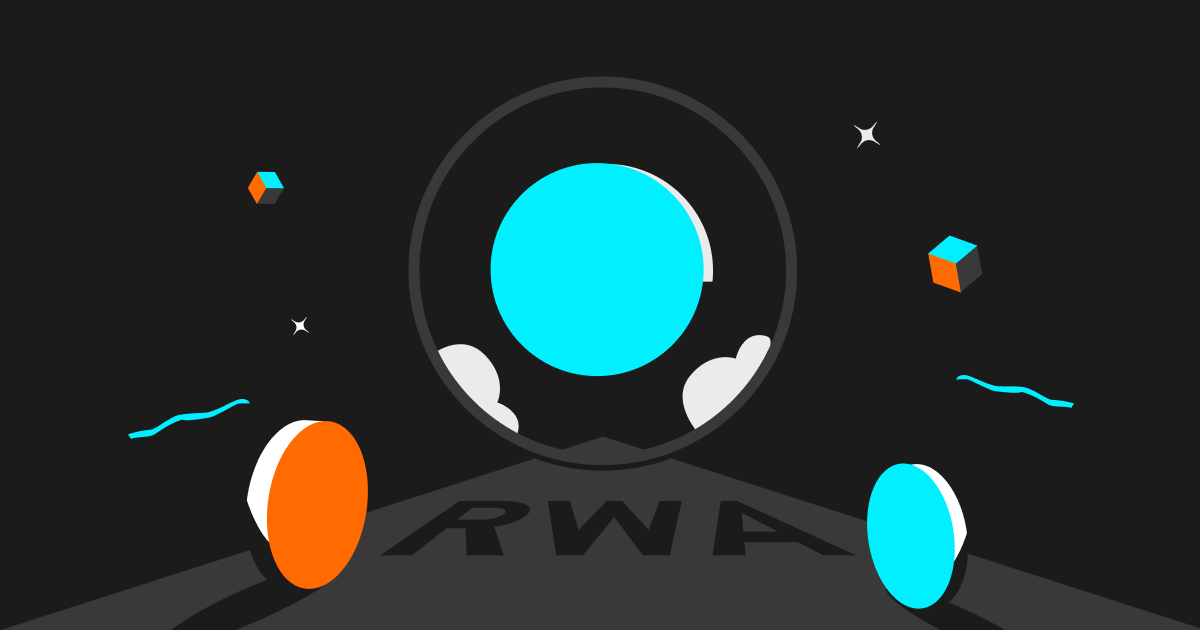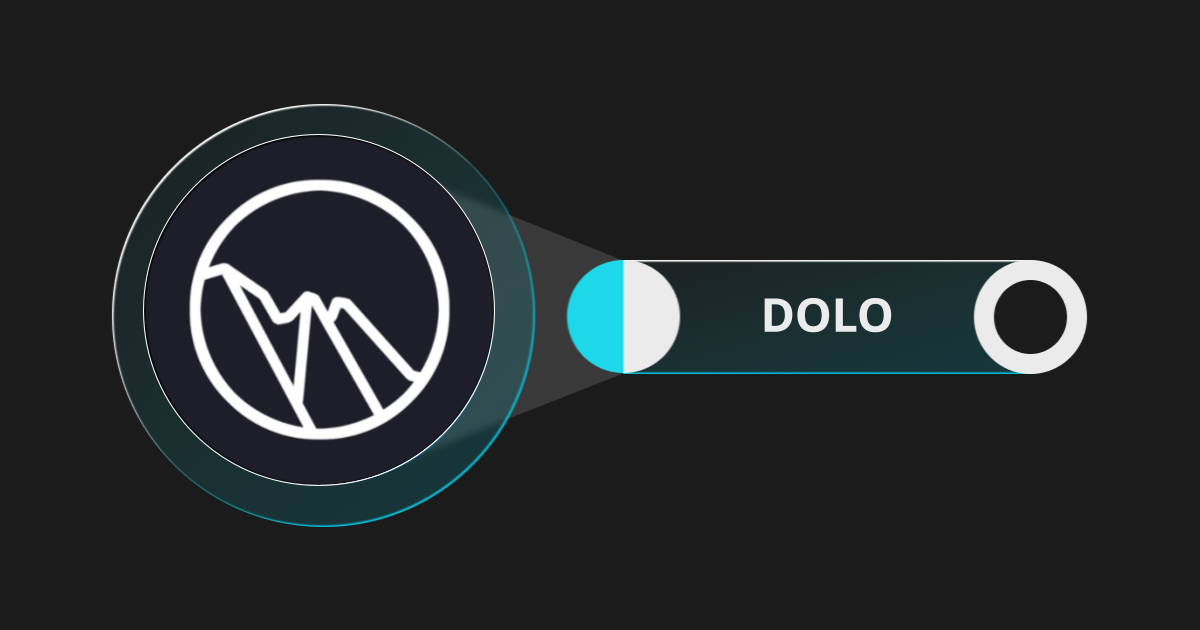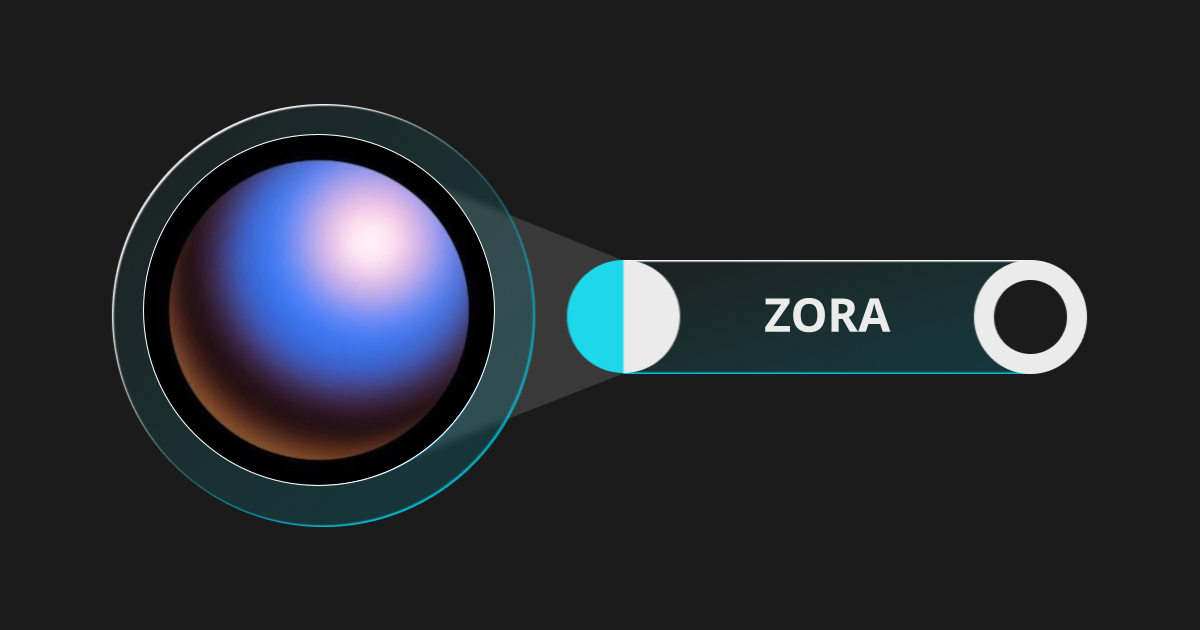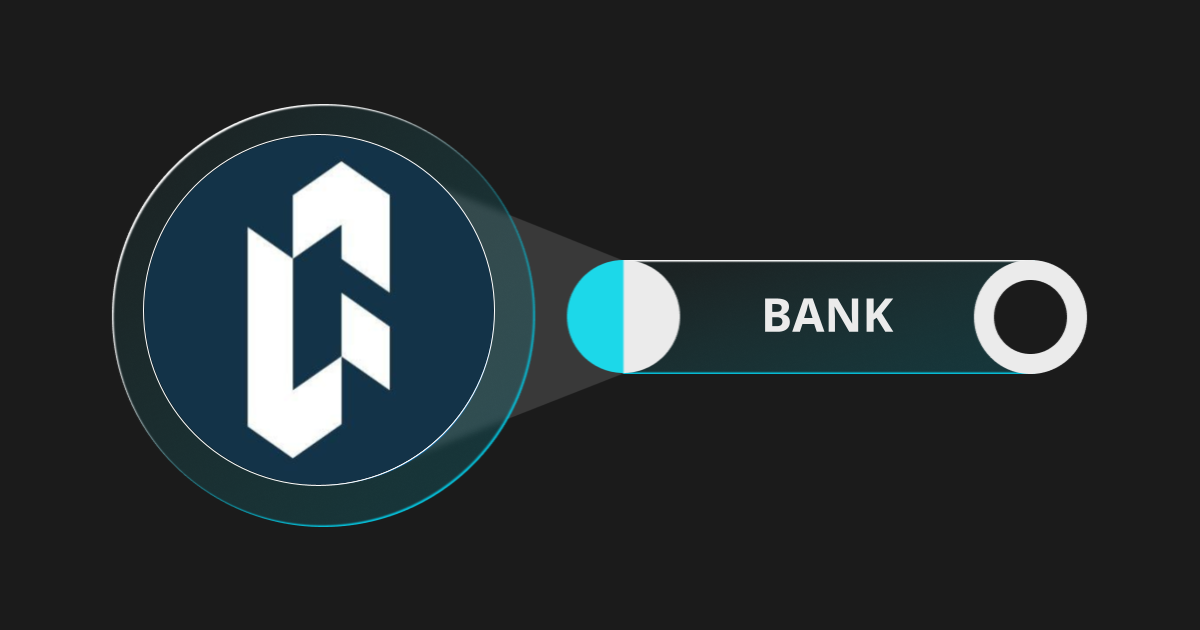New Listings

Bridging Tangibles with Tech: The Rise of Real-World Assets (RWA) in Crypto
Beginner
2023-11-07 | 5m
RWA (Real-World Assets) is becoming a popular topic in the crypto world. As a derivative of DeFi, the emergence of RWA strengthens the connection between cryptocurrencies and the real world. It utilizes blockchain"> blockchain technology to map real-world assets into the crypto world, enhancing the liquidity of these assets and promoting the composability of DeFi. This, in turn, gives rise to a greater variety and complexity of financial assets. Therefore, some predict that it will be the next trillion-dollar segment in the crypto industry.
What is RWA?
RWA (Real-World Assets), refers to tangible assets that are tokenized using blockchain technology. Owning these tokens means you have ownership of the corresponding real-world assets, enabling various on-chain transactions such as lending, renting, buying, and selling. The underlying assets that underpin their value are usually real estate, stocks, bonds, and more. In fact, the crypto industry has already seen successful examples of RWA, including popular stablecoins like USDT and USDC.
How does RWA work?
The idea of RWA is to digitally manage and trade actual assets (e.g., real estate, stocks, bonds, etc.) through blockchain technology. These real assets are converted into tokens or other digital assets, which are then traded and transferred on the blockchain through smart contracts. In this way, RWA can provide greater liquidity and lower transaction costs, while also increasing investor confidence and transparency. In addition, the operation of RWA relies on a number of intermediaries (e.g., asset management companies, custodians, etc.) for asset valuation, token issuance, and transaction aggregation.
Reasons for the Rise of RWA
There are several potential reasons why RWA has attracted attention in the market. In the short term, with the wave of interest rate hikes, risk-free interest rates in major economies have risen to 4% or even higher, making it increasingly attractive for investors in the crypto market. As a result, more and more projects are attempting to bring real-world assets into the crypto industry.
In the long run, the integration of crypto and traditional assets is an inevitable trend. As traditional financial markets continue to evolve and innovate, RWA can bring more opportunities and competitiveness to the table. Blockchain technology is also being increasingly embraced and adopted by mainstream audiences. Digitizing real assets through blockchain can effectively reduce transaction costs while enhancing asset liquidity and transparency, thus providing new momentum for the development of the global economy.
Advantages and Potential of RWA
First and foremost, RWA can bring more real asset backing to the crypto market, thereby increasing investor confidence and market value. Second, RWA can bring higher liquidity and lower transaction costs to traditional financial markets, as well as provide more investment opportunities. The digitization of RWA could provide a wider range of asset types and expand the reach of DeFi in particular. Furthermore, RWA can enhance the transparency and security of assets by reducing fraud and risks through digital management and trading. The potential of RWA will continue to grow alongside the evolution and adoption of blockchain technology.
Challenges RWA is Facing
However, RWA also faces some challenges during the digitization process. The most significant challenge among them is compliance. Tokenized RWA needs to comply with various laws and regulations and obtain approval from regulatory authorities. This requires a significant amount of time and cost, which may potentially limit the speed and scale of development in the RWA field.
Use Cases of RWA
Current application scenarios for RWA include the following:
Real estate transactions: By utilizing RWA, digitized management and transactions of property ownership can be achieved, resulting in reduced transaction costs and decreased fraud. This brings greater transparency and security to real estate transactions.
Tokenization of stocks and bonds: RWA can tokenize traditional stocks and bonds, thereby reducing transaction costs and increasing the liquidity of the assets.
Art and collectibles trading: RWA can bring greater transparency and liquidity to traditional art and collectibles trading, for example, by enabling the digital management and trading of art ownership.
Asset management: RWA can provide asset management companies with more efficient, transparent, and secure asset management services, such as digitized management and trading of fund shares.
Financial derivatives trading: The combination of RWA and DeFi can introduce more diversified financial products and multi-dimensional innovation to financial derivatives trading.
Closing Thoughts
RWA is gradually becoming a bridge between real-world assets and crypto assets. In the future, it is poised to introduce more asset types to the crypto space, accelerating the development of DeFi and expanding its market size. While RWA faces some challenges in digitization, more and more promising projects are emerging in this field. Therefore, it is believed that RWA will become the most important part of the crypto industry in the near future.
Not a Bitgetter yet?
Sign up
now to embark on a journey into the crypto world!
Disclaimer: The opinions expressed in this article are for informational purposes only. This article does not constitute an endorsement of any of the products and services discussed or investment, financial, or trading advice. Qualified professionals should be consulted prior to making financial decisions.
Share

How to sell PIBitget lists PI – Buy or sell PI quickly on Bitget!
Trade nowRecommended
- Dolomite (DOLO): The New Standard for Capital-Efficient DeFi2025-04-23 | 5m
- Lorenzo (BANK): Making Bitcoin Work Smarter2025-04-21 | 5m
We offer all of your favorite coins!
Buy, hold, and sell popular cryptocurrencies such as BTC, ETH, SOL, DOGE, SHIB, PEPE, the list goes on. Register and trade to receive a 6200 USDT new user gift package!
Trade now

